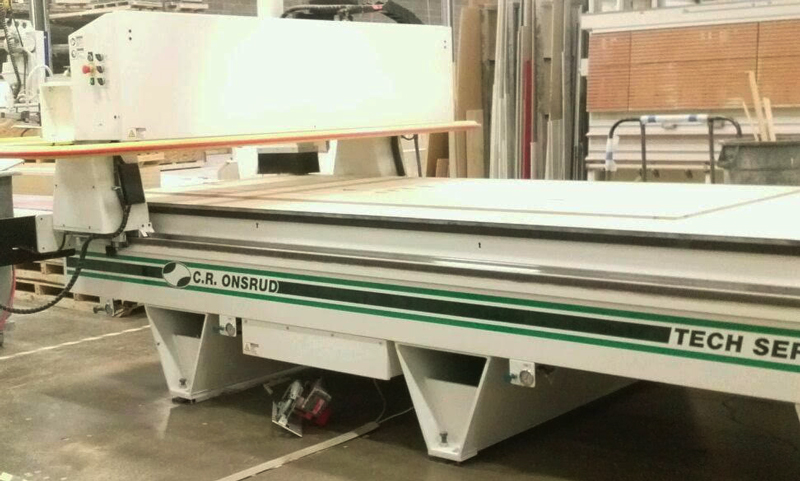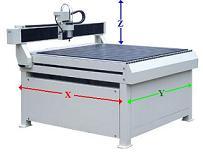Digital fabrication: How CNC machining works
Digital fabrication is becoming more and more prominent in the world, especially in the manufacturing industry. We’ve previously discussed the benefits of digital fabrication on our blog, and we’ve talked about how our use of a CNC machine benefits our clients. Now, here’s a brief look at how CNC machining works.
CNC: What does it mean?
CNC stands for Computer Numerical Control. Thus, CNC machines can range in function, as any machine that is computer-controlled can, theoretically, be considered a CNC machine. From grinders and cutters to mills and routers, CNC machines can take any number of forms, and with constant advances in technology, the possibilities are only increasing.
How CNC machining works
CNC machines operate on three axes: X,Y and Z. The x-axis runs from the front of the machine or piece of material to the back (vertical) while the y-axis runs left to right (horizontal). Takes you back to high school geometry, huh? But what was likely not mentioned in high school geometry is the z-axis. On a CNC router, the z-axis runs up and down perpendicular to the x-axis. If that was too much math in one paragraph, here’s a picture from CNC Router Source that might clear it up:
While the function of each machine determines the specifics of how it’s operated, some basic operations hold for all CNC machines.
First, the CNC is programmed
The computer-programming aspect of CNC operations can get pretty technical, so here’s a brief overview. CNC programmers input specific coding that can be read by the machines into a computer device, and this design coding tells the machine exactly what to do: where to move, how far to move, how long to move in specific directions, where to turn, etc.
[Tweet “CNC machining is one of the reasons we can quickly and cheaply fabricate high-quality goods.””]
As explained on CNC Router Source, “the CNC controller and the computer work together as the brain for these machines, telling the motors and drive system which direction to move and how far.”
This is the hard part, but thanks to advanced technology, it’s not excruciatingly difficult. Programmers typically use a Computer Aided Machining (CAM) program to input the design, making the process fairly quick.
Then, the machine starts its magic
Once the code is programmed and transferred to the CNC machine, the machine gets a move on, following the code exactly to carry out the design. Because the design is programmed with complete accuracy and the computer controls the movements of the machine, it is much quicker and exceedingly more accurate than any human-run alternative. Though a CNC operator often stands by to ensure no problems occur, the machine greatly reduces the time and costs of fabrication, saving the end consumer time and money.
CNC machining at Shield
As previously stated, CNC machines come in many forms and functions. At Shield, we use a CNC router to cut our solid surface sheets down to size. Our CNC programmer inputs the code and ensures that all runs smoothly, greatly reducing our production time.
Because it takes only one person to quickly cut many sheets of material, we are better able to utilize our time. We hope that, by understanding more in-depth how CNC machining works, you better understand its benefits to you—our clients. CNC machining is one of the many reasons we can quickly and cheaply fabricate high-quality, American-made goods and offer them to our clients at an affordable price.







Sorry, the comment form is closed at this time.